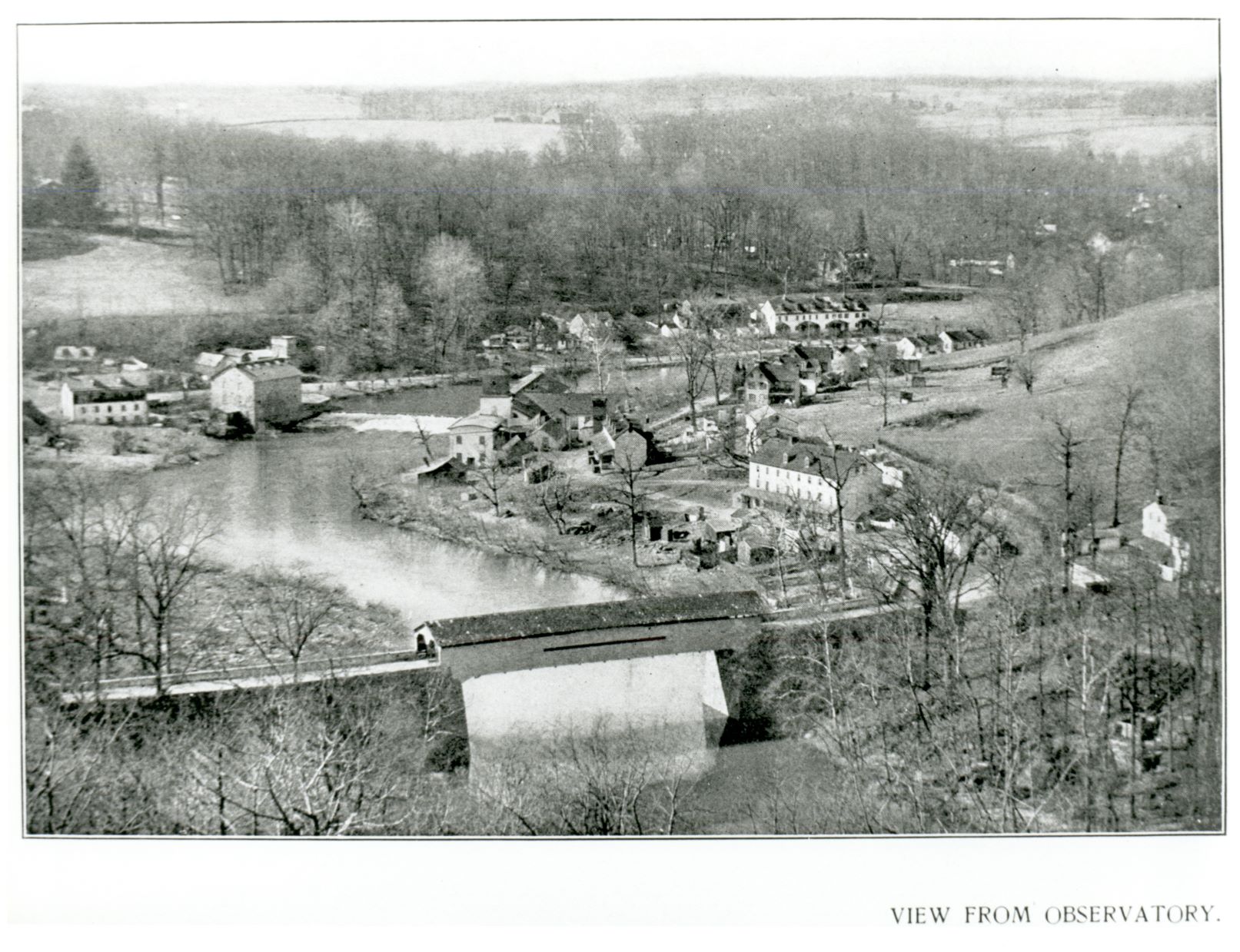
April 6, 2020
By: Elizabeth Androskaut, Interpretive Programs Manager at Wilmington State Parks & Vivien Makos, Folk Art Collections Specialist at Wilmington State Parks
The construction of the Rockford Tower during the Industrial Revolution reflects Wilmington’s dedication to meeting both the utilitarian and decorative needs of the city’s rapidly expanding population. The Tower has since become a timeless symbol for urban reform movements that immensely improved the quality of life for the city’s residents.
During the 19th century, mills and quarries lined the banks of Brandywine Creek. The workers’ homes were often built next to their places of employment. Imagine living and working where the air was permeated with dust, unpleasant odors and loud noise. As industrialization continued, city officials looked for ways to improve the health of those living in overcrowded conditions. Throughout the nation, other cities were going through similar challenges. The solution was the national public parks movement, which created green spaces close to the working class to improve their health and moral character. In Wilmington, Rockford Park was created in 1889 from donations of land by the DuPont and Bancroft families. The park became a place where mill workers and their families could escape from the noise and grime of the mills.

Bancroft textile mill workers. Credit: Hagley Museum
The industrialization of the city also caused a large population influx that increased demands on the city’s water supply. To help alleviate this, the Wilmington Water Commissioners looked for a place to build a water tower. Mt. Salem Hill, located in Rockford Park, was the ideal spot as it was the highest point in the city. As chance would have it, Rockford Park’s Commissioners were wanting to build an observatory on this very same hill for viewing the scenic Brandywine Creek. The Park Commissioners approved the construction of a water tower as long as its style and materials were in keeping with Rockford Park’s natural character.

View from the tower. Henry Clay Village
The tower was designed by Theodore A. Leisen, an engineer for the parks department and the firm Baker and Daleltt. He purposefully made the tower appear ancient by using both Italian Renaissance Revival and Gothic architecture styles. The stones for the tower are Brandywine ‘Blue Rock’ and were either quarried from along the banks of the Brandywine River or taken from remnant farm walls. Construction of the tower was completed in 1901, however, the opening of the observation deck was delayed due to concerns of explosions from the E.I. DuPont Nemours Powder Company. In 1904, the tower’s observation deck opened to the public and quickly became a popular destination because the local trolley went directly to the park.

Rockford Tower Foundation
Over the years, the Rockford Tower has weathered many changes. It was closed during World War II and again in the 1970s. It underwent major renovations in 1983 and 2001. It finally reopened in 2002 with an agreement between the City of Wilmington and Delaware State Parks. The tower has since become a familiar backdrop for many community events such as the Wilmington Flower Market and Grand Fondo. Currently, it is open on certain days during the summer for special events and for private tours. You can find the dates, times, and necessary contact information in the Delaware State Park’s program guides. We invite you to climb to the top of the tower, see the city and ponder how the Rockford Tower is a timeless symbol of significant change that occurred in Wilmington.

Vintage Rockford

Wilmington Flower Market

Present-day Rockford Tower


